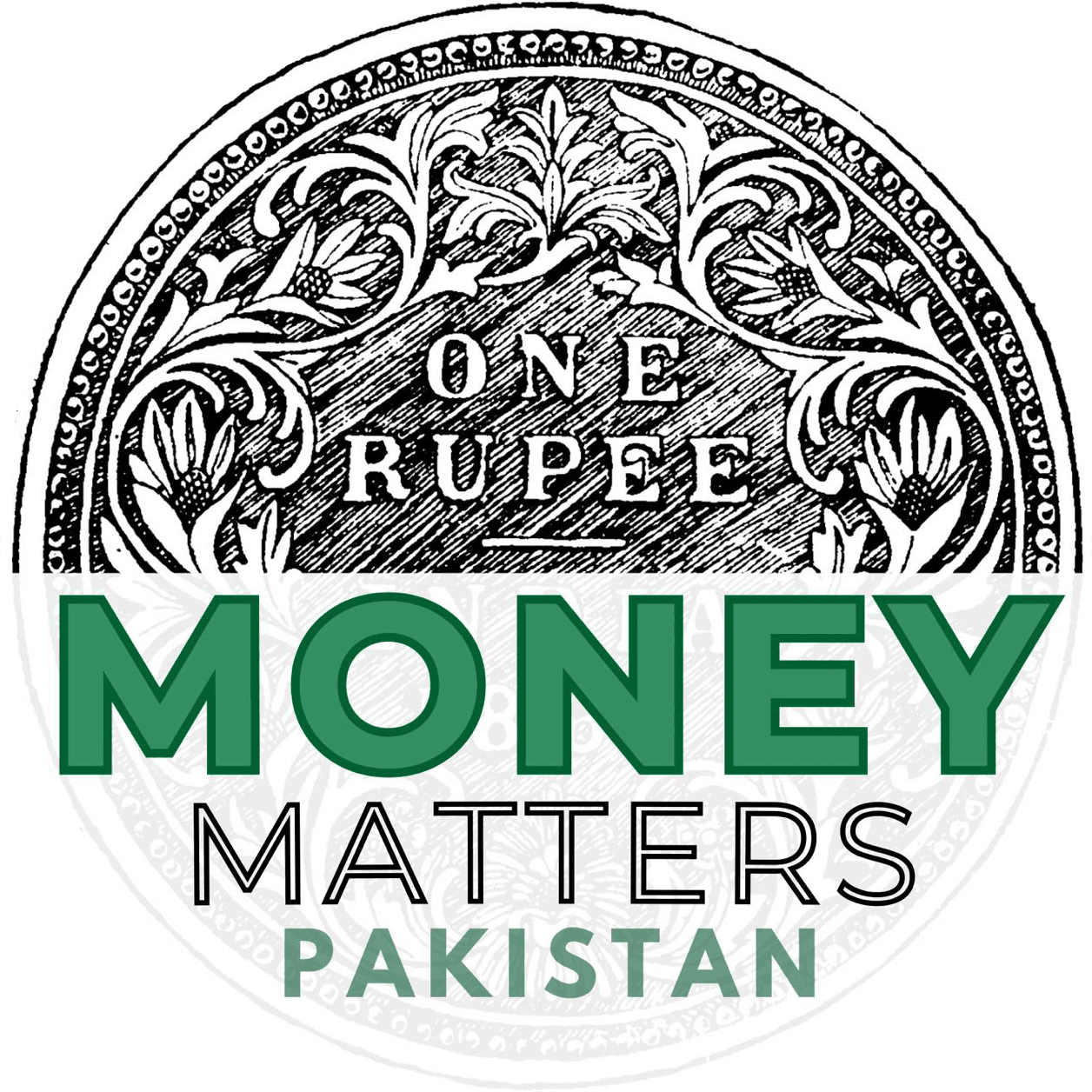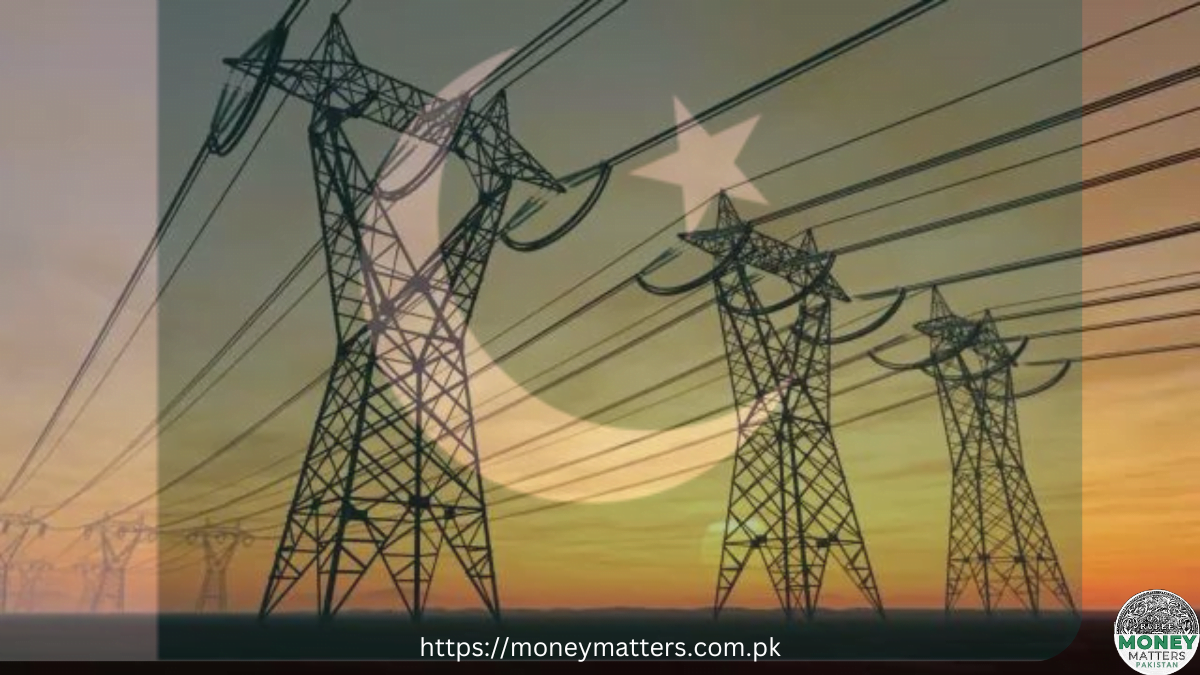Key Takeaways
– Hidden costs in power tariffs are significantly increasing electricity prices for consumers in Pakistan.
– Charges related to US inflation and circular debt interest are among the main contributors to these costs.
– There is a growing demand for the government to renegotiate power purchase agreements with independent power producers (IPPs).
Overview
A recent study reveals that Pakistani households and businesses are facing unexpected charges in their power tariffs. These hidden costs include factors such as US inflation and interest on circular debt, leading to unaffordable electricity prices for end-users. This situation has prompted calls for the government to renegotiate power purchase agreements (PPAs) with power plant operators.
US Dollar Indexation and Inflation Charges
Many independent power producers (IPPs) continue to bill the government in US dollars for their electricity sales, utilizing US dollar indexation to shield themselves from the impacts of rupee depreciation and local inflation. However, this arrangement has left Pakistani consumers also bearing the brunt of US inflation costs. Dr. Khalid Waleed, an energy expert at the Sustainable Development Policy Institute (SDPI), highlighted at a recent seminar that many IPPs have linked their capacity charges with the US economy, causing electricity prices in Pakistan to rise with increases in US inflation.
Rising Tariffs and Public Response
The proposed increase in power tariffs has pushed consumer costs to levels that many find unaffordable, resulting in widespread protests. While the government has retracted the hike for protected consumers and reduced tariffs for industrial users by Rs6-7 per unit, household tariffs are still set to rise between 12-30%.
Capacity Payments and Circular Debt
At a seminar organized by the Centre for Economic and Energy Journalists (CEEF) in collaboration with SDPI, Dr. Waleed noted a significant increase in capacity payments for power plants. For instance, the capacity payment for an imported coal-fired power plant in Punjab surged by 216% over five years. Overall, capacity payments now constitute 70% of the power tariff due to US dollar indexation and interest payments on circular debt.
Structural Issues in the Power Sector
The power tariff structure is described as regressive, disproportionately impacting smaller consumers. Additionally, many components of the tariffs are tied to the global economy rather than the local one, further inflating costs. Ahad Nazir, another SDPI energy expert, pointed out that the increase in capacity charges is partly due to reduced power consumption from the national grid as more consumers switch to solar power. He also highlighted the disparity between installed power generation capacity (43,000 MW) and transmission capacity (23,000 MW), which has led to excessive generation capacity and rising capacity payments.
Future Outlook
The government aims to transition from a uniform end-consumer tariff to competitive tariffs at the distribution company level. However, this decentralization is not expected to be feasible for the next five to six years.




